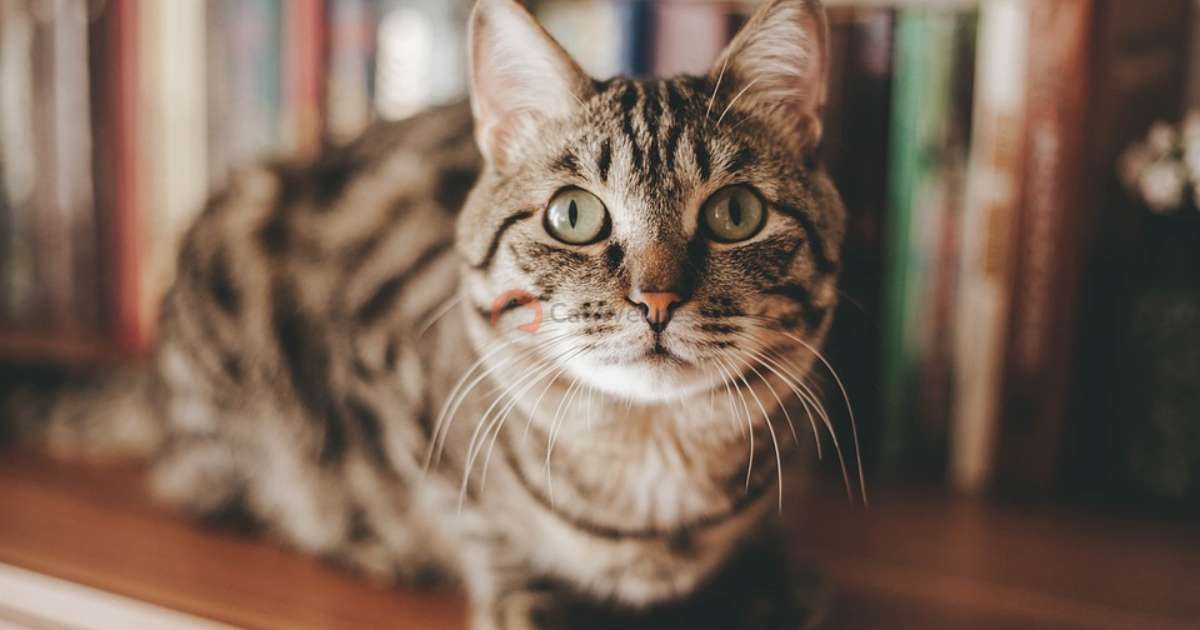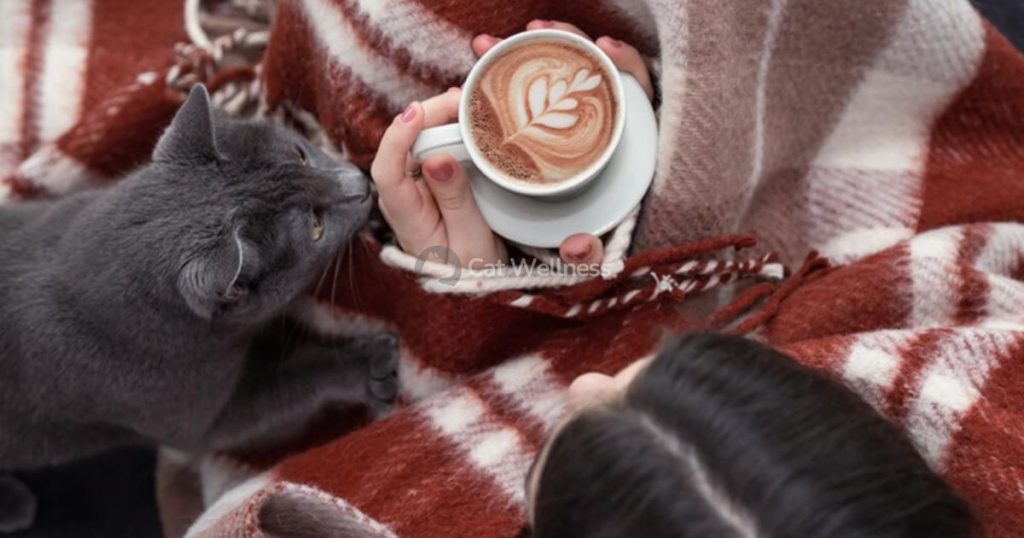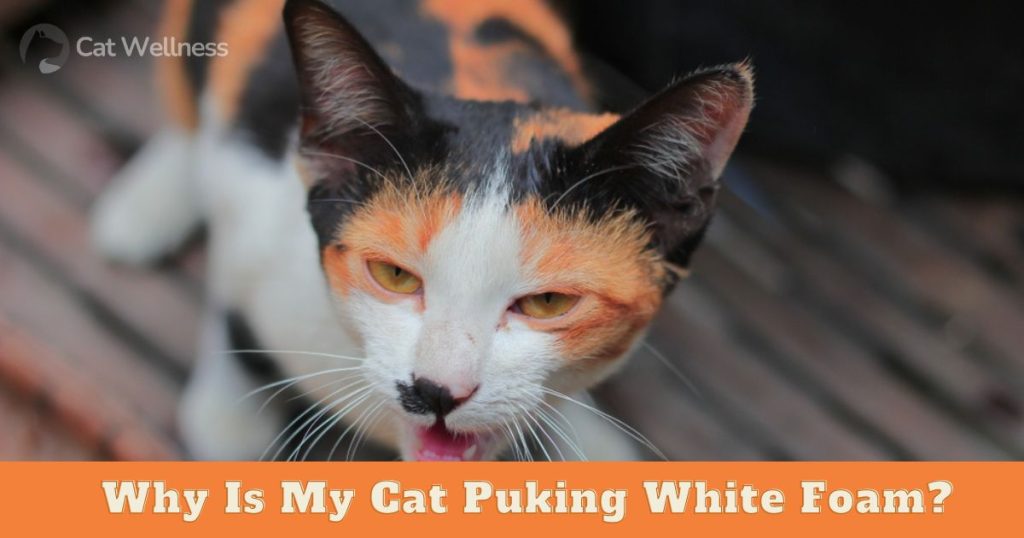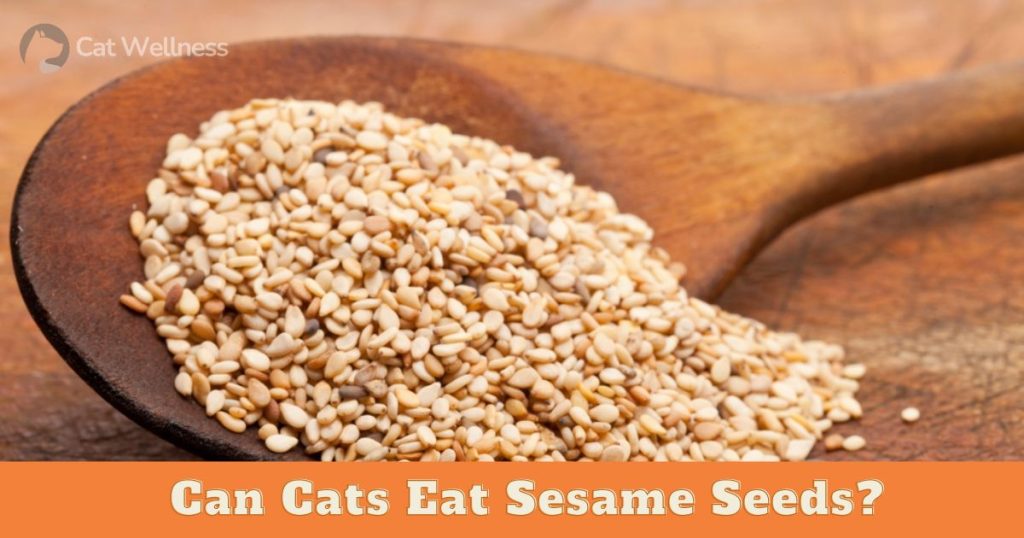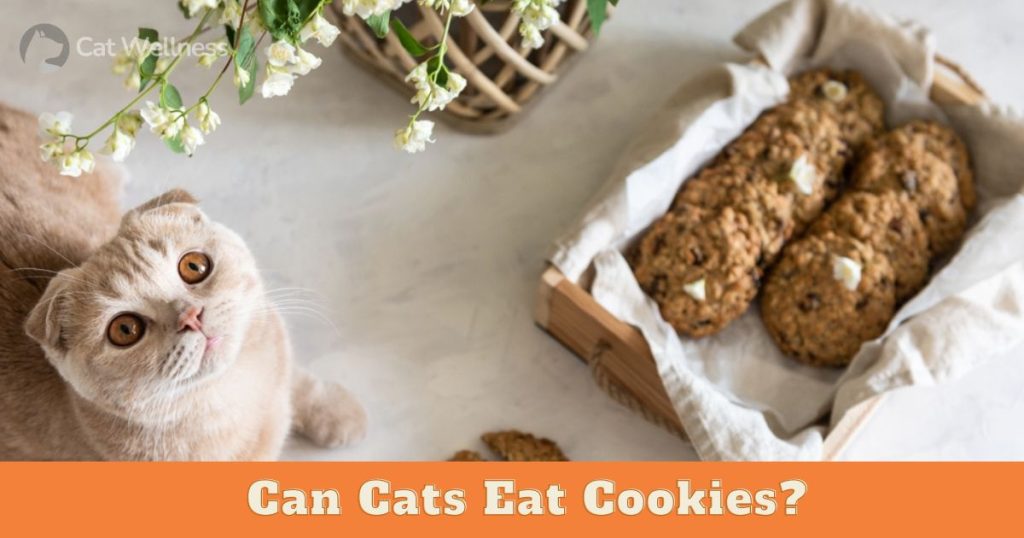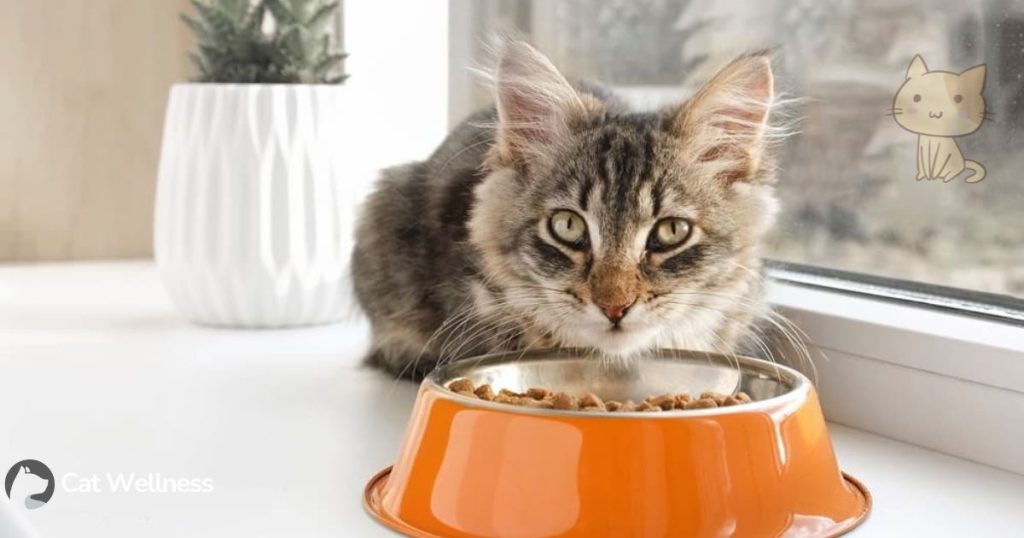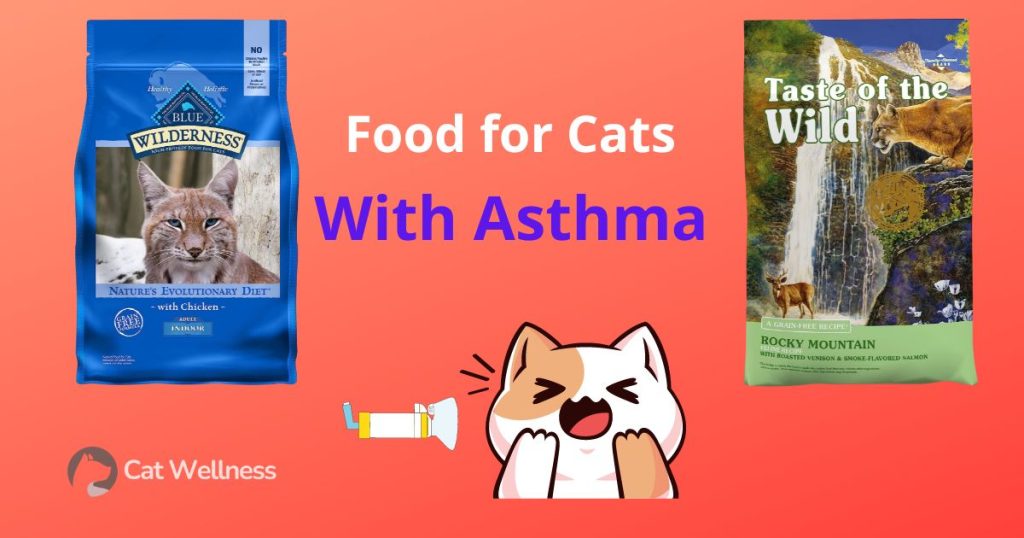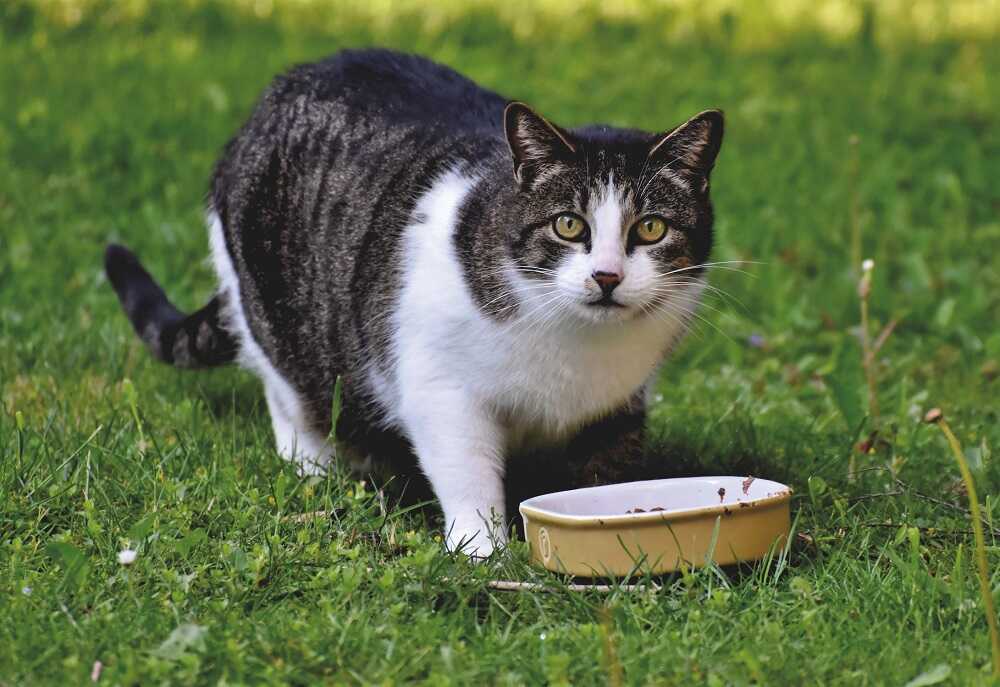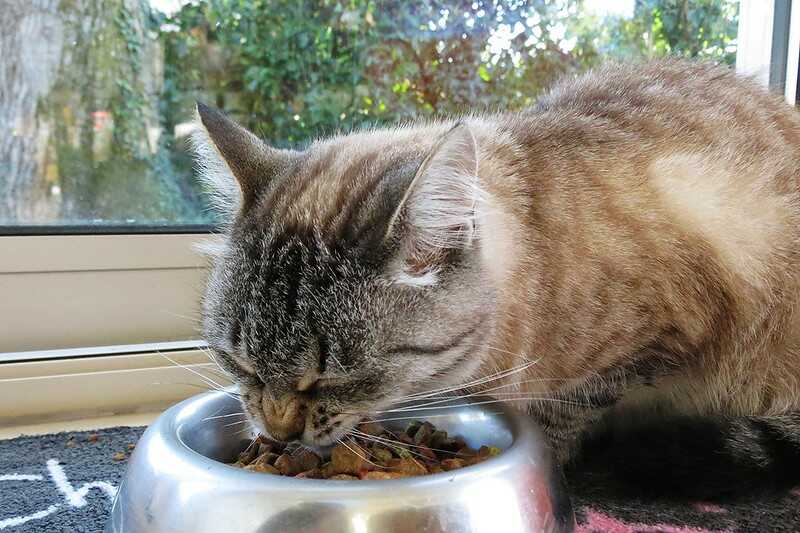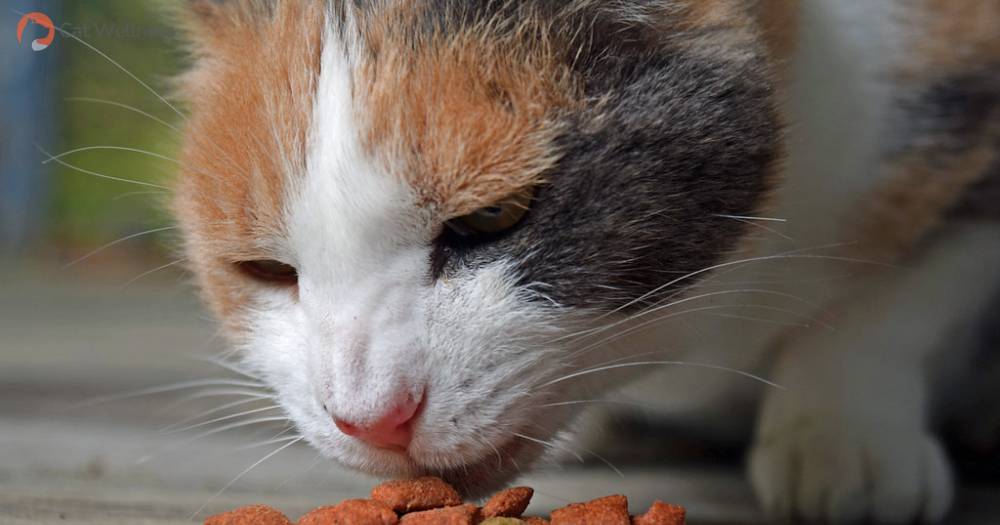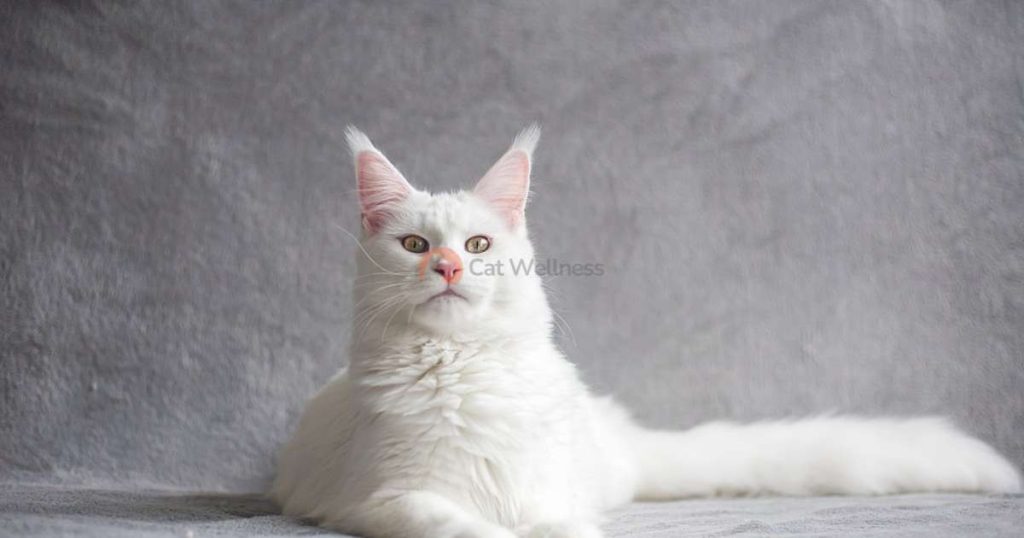Have you ever wondered how cat food is made? Mixing premium ingredients, processing, shaping them into kibbles for easier digestion, and packaging are the main steps. But countless formulas come to the market for cats of all types.
The more you know about these manufacturing techniques, the better and more informed decisions you can make while browsing through selections. After all, not every cat is the same!
So this article will gladly deliver those insights to you – along with excellent buying tips.
How Cat Food Is Made

There are two common food formulas for cats – wet and dry food (we also have special recipes aimed at pets with diseases or health symptoms, but that’s a story for another day). Let’s dig into their background secrets!
1. How Wet Foods Is Made
Step 1. Select The Ingredients
Many wet-food-manufacturing ingredients are byproducts or fish/animal derivatives. They are considered the animal equivalent of fundamental requirements in human foods.
Some byproduct examples include lung, kidney, liver, and various meat types. (Yes, you heard it right; it’s alright to use animal meat – often found in human meals – in cats’ wet food).
Other included ingredients are:
- Vegetables
- Grains
- Pasta
- Cereals
- Minerals
- Vitamins
- Fats and oils
- Water (rarer, but sometimes added to the recipe to support the cat’s food processing, giving the product more texture).
These substances must be selected carefully based on specific recipes of a pet food brand, formulated to offer balanced and complete nutrition to dogs. They must also meet other important criteria, such as size range, age range, and varieties.
Once the manufacturers have settled on the chosen ingredients, it’s time to mix everything together and slide them into trays, pouches, or cans.
For certain wet food forms, a combination of flavors, thickening agents, and water is sometimes added to help shape jelly or gravy in the next cooking steps.
Step 2. Sealing/Cooking
The tray, pouch, or can become sealed, entering the main cooking process. How is the rest of the procedure unfolded?
In general, the cooking length and temperature must be under careful control to prevent excessive spoilage on the product’s shelf life. Such tactics also help optimize the flavors while protecting the necessary nutritional content.
Step 3. Cooling/Labeling
The manufacturers will wait for some time (about a week at best, but the number fluctuates across different recipes) for the products to cool down. After that, they will label the cans, printing every information about the food on the packaging.
Step 4. Storage/Distribution
Every container is packed into trays or boxes, well-stored in warehouses. Later on, they will be dispatched to anticipated pet owners!
Related Post: Which Cat Food Has The Smallest Kibble?
2. How Dry Food Is Made
Step 1. Choose The Ingredients
This step is no different from wet-food production. Refer to the guidelines above for information!
Step 2. Grinding/Mixing
The ingredients are grounded together, reducing particle sizes. After that, they are well-mixed to yield the right ratio. Adding water to the mixture for dough formulation is also necessary.
Step 3. Preparation
The product gets heated carefully using steam. During this critical stage, manufacturers also add hydrolyzed proteins (referred to as “digests) made of multiple natural ingredients like chicken and liver. These substances have been blended well to lend the final package a good taste and the right flavoring.
Step 4. Cooking/Extrusion
Now we enter the most important step. They will cook and pressurize the dough before passing it through extrusion machines. The machine will then shape the dough into individual kibbles.
To seize success, one must control the cooking time and temperature critically, guaranteeing 100% safety for the product.
Step 5. Drying/Coating
Once the kibbles enter an oven, their excess moisture will get removed. Next, people cover them with fats to enhance the taste and the pets’ experience.
Step 6. Cooling/Packaging
The only thing left to do is to cool the kibbles for later packaging. Lastly, brands will seal them and move the products straight to warehouses from the factory, ready for distribution.
For more info about their quality and expiration, click here.
How to Choose The Right Food for Your Cat
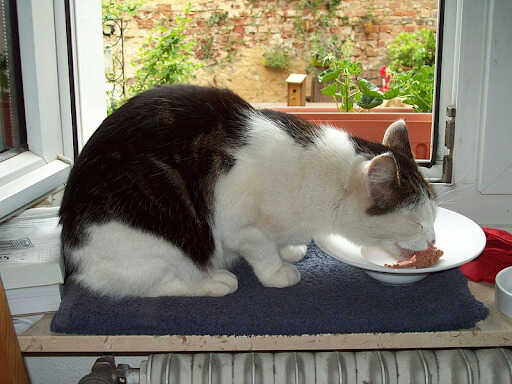
Related Post: How Much Cat Food Per Day?
There some cat foods can kill your little furry ball with excessive consumption. That’s why you should keep these points in mind:
Method 1: Based on The Ingredients
Check The Meat Proteins
Cats are known as carnivores, meaning they rely heavily on meat protein to survive. Hence, you should observe the ingredient list to confirm the fundamental substances in the food are meat like turkey, beef, tuna, or chicken.
High-quality products will tell you the specific meat used instead of vague terms like “poultry” or “meat byproducts.” If the labels just use general terms to describe the meat type, you can simply skip them.
And no, we do not suggest products with plant protein origins. You must ALWAYS ensure the protein comes from animal sources!
Check High-Quality Grain
Some vets don’t recommend grain-free foods but those with grain content like wheat, barley, or corn, which provide sufficient carbohydrate levels for the cats and give them more energy.
In an ideal scenario, the top five ingredients in a product should be meat (meat must always come first before any other ingredients), then organ (liver), followed by plant matter and grains.
Check for Arachidonic Acid and Taurine
These ingredients also play a big role in maintaining the pet’s health. Plus, a package with no arachidonic acid and taurine included implies it also has no animal protein sources and hence, is not nutritious enough for your precious kitten (please refer back to the first section about meat proteins).
Method 2: Based on The Age of The Cat
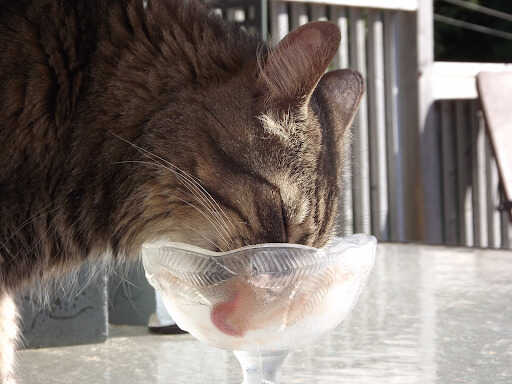
Kittens
Kittens need a specifically-balanced diet to support future growth, with a high proportion of premium protein. So again, please double-check the label’s ingredient list to ensure its primary substance is an animal protein source like chicken, tuna, turkey, lamb, or beef.
It’s also easy to find commercially formulated foods for small kittens at online stores or local shops, containing DHA and folic acid for healthier development.
But do not let down your guard; even if its package clearly spells “For kittens,” you must still read the full ingredient list to guarantee it’s high in fats and proteins.
Adult Cats
Lazy adult cats will thrive best with a low-calorie meal that helps them avoid overweight issues. Experts also suggest finding foods with high vitamin ratios, like vitamin C, vitamin E, and calcium, to foster a stronger immune system.
Like humans, lazy lifestyles in cats can lead to numerous disorders and disease risks, so we also suggest consulting with professional vets about the best foods to feed these animals.
Note that the above tips only apply to cat loaves. If yours run around the house all day, low-calorie foods are unnecessary!
Related Post: What Cat Food Ingredients Should I Avoid?
Conclusion
Is there any information about how cat food is made? We have scoured every nook and corner to summarize the important information for you, diving deep into lesser-known facts behind the production steps behind every food formula.
Keeping in your mind these inclusive guides will ascertain your cat’s overall health and growth for long periods. And do not forget to review the diets every few months, observing whether the cat has gone down with diseases or other food-related disorders.

